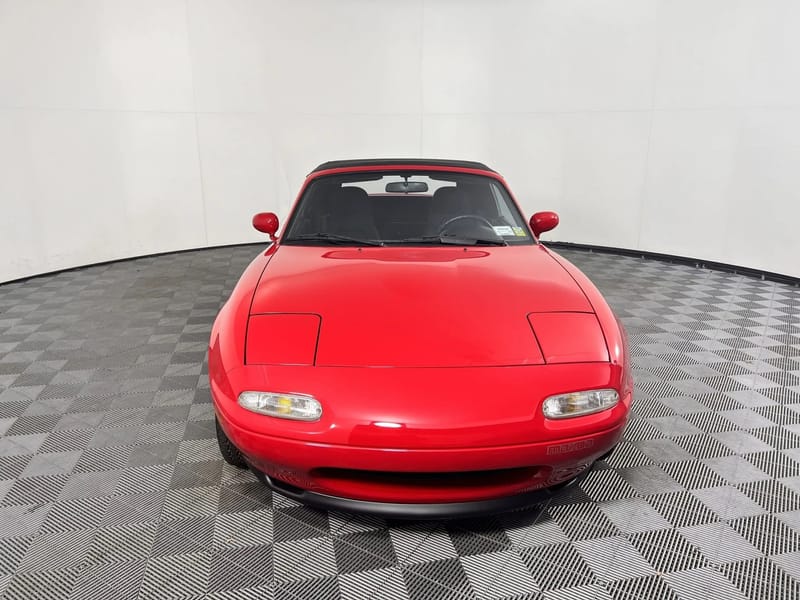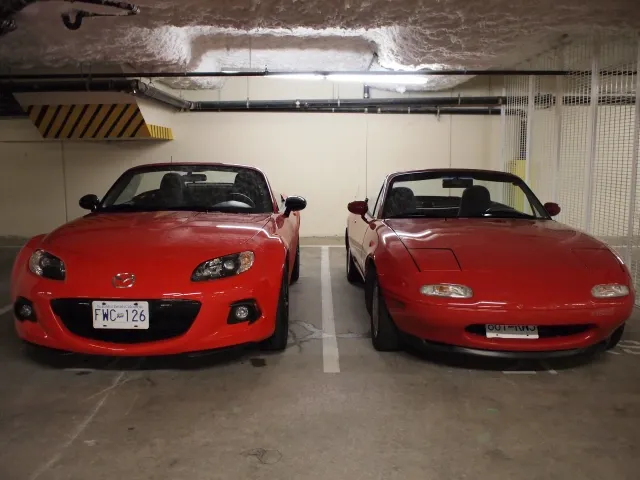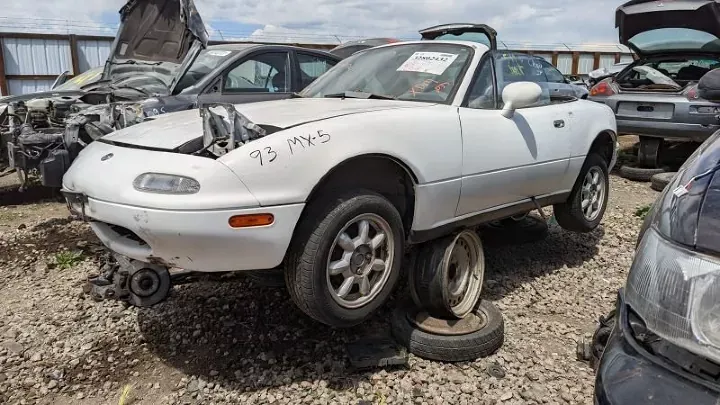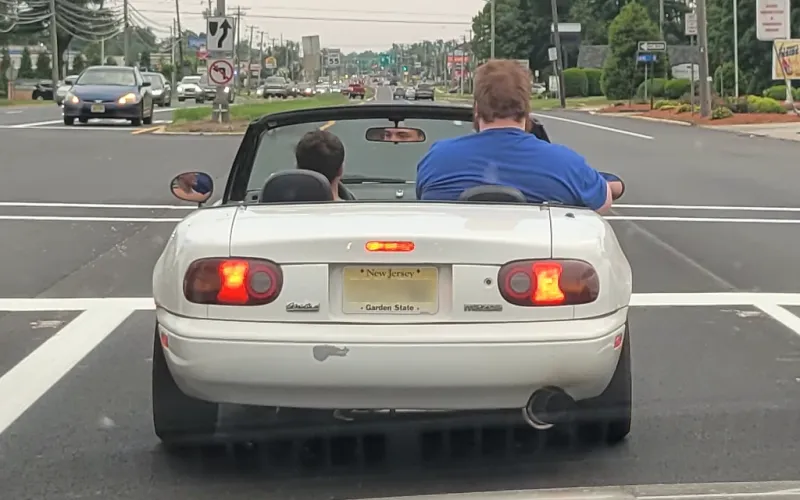Turbocharged or Supercharged? What is Best for you ND Miata
The Miata continues its reputation as one of the most enjoyable sports cars to drive, thanks to its lightweight design and exceptional handling with its latest gen ND Miata. However, some drivers find the naturally aspirated 2.0-liter engine a bit underwhelming when it comes to power. That’s where f
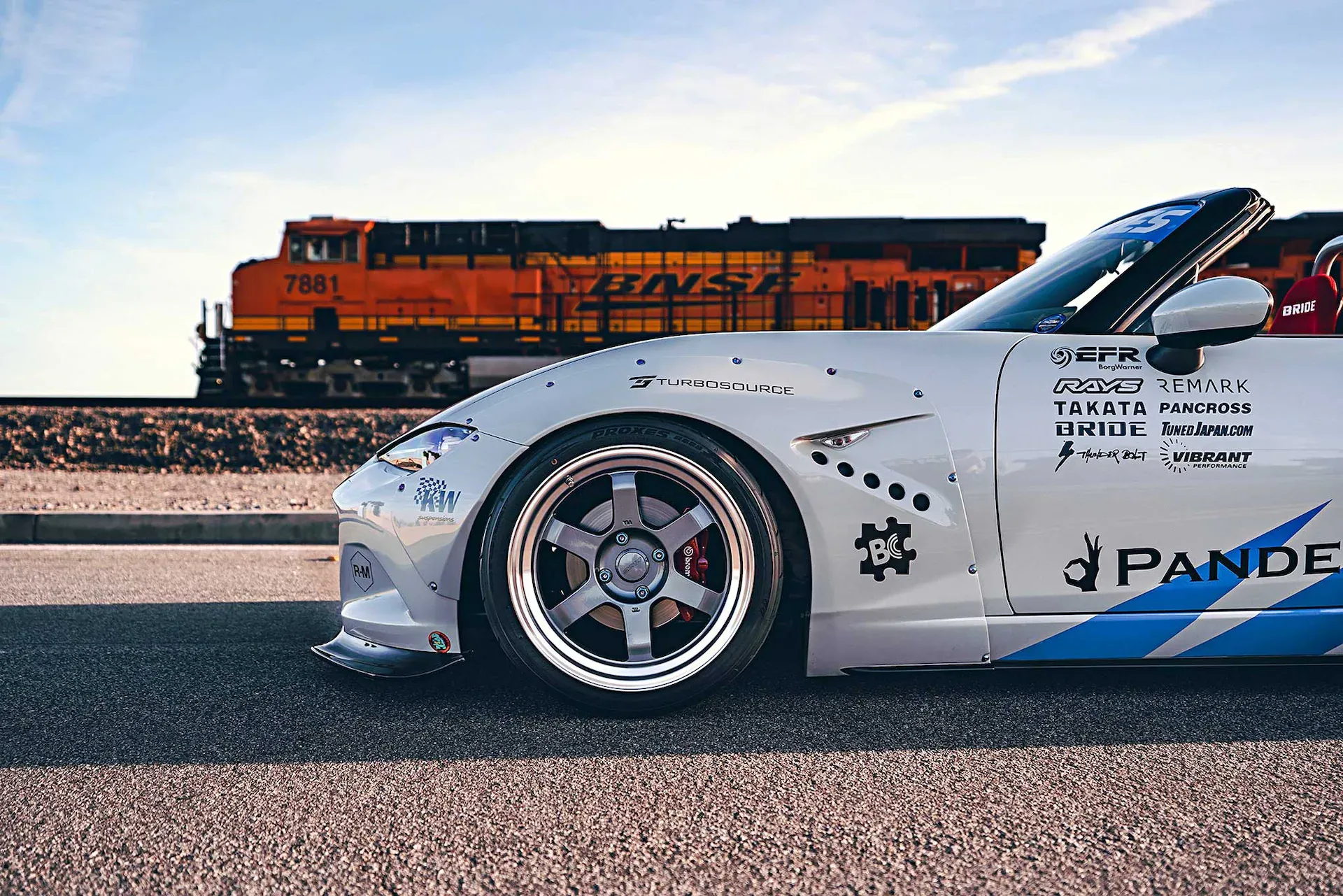
The Miata continues its reputation as one of the most enjoyable sports cars to drive, thanks to its lightweight design and exceptional handling with its latest gen ND Miata. However, some drivers find the naturally aspirated 2.0-liter engine a bit underwhelming when it comes to power. That’s where forced induction come into play. This can significantly boost the Miata’s horsepower, transforming it into a more thrilling and capable machine. In this guide, we’ll explore the most popular turbo and supercharger kits available for the ND Miata, discussing performance improvements, installation challenges, and the pros and cons of each system. If you’re looking to boost your ND Miata’s horsepower while maintaining reliability, this comprehensive breakdown will help you make an informed decision.
What You Need to Know
Turbocharging is one of the most effective ways to significantly increase power in the ND Miata. By utilizing exhaust gases to spin a turbine, a turbocharger compresses air into the engine, which allows for more fuel to be burned and boosts both horsepower and torque. Turbocharged Miatas tend to deliver aggressive mid-range power that can completely change the car’s character. Let’s take a look at two of the most popular turbo kits available for the ND Miata. Do note that the ND Miata is a relatively new platform, so the best setup for forced induction isn’t necessarily solved. But here are some of the few that will surely bring a brand new smile to your face!
HKS GTIII-RS Turbo Kit
The HKS GTIII-RS turbo kit is well-known for its performance and quality. With proper tuning and supporting modifications, this kit can help your Miata produce between 280 and 300 wheel horsepower (WHP). This turbo system features a twin-scroll design, which helps to reduce turbo lag by splitting the exhaust flow for more efficient spooling. The result is a smooth and powerful mid-range torque, which makes the Miata feel significantly quicker, especially during spirited driving.
Running at moderate boost levels between 6 to 8 PSI, the HKS kit strikes a balance between performance and reliability. It also includes a high-quality air-to-air intercooler, which helps keep intake temperatures low and prevents heat soak during extended driving sessions. However, to handle the increased fuel demands of the turbo, especially on ND2 models (2019 and later), you’ll need to upgrade to larger fuel injectors and possibly a high-flow fuel pump. A high-flow exhaust system is also recommended to reduce backpressure and optimize the turbo’s efficiency.
The HKS GTIII-RS kit is priced between $5,500 and $6,500, depending on the supporting modifications. While this kit offers impressive mid-range torque and smooth power delivery, it does put extra stress on the drivetrain and transmission. Therefore, careful monitoring and precise tuning are essential to avoid potential engine issues like detonation. Additional cooling modifications, such as an oil cooler, may also be necessary for sustained performance.

Flyin’ Miata Garrett Turbo Kit
Flyin’ Miata is a trusted name in the Miata tuning community, and their Garrett turbo kit is a solid option for ND owners looking to boost power. This kit can push your Miata to around 250-275 WHP, offering significant gains over the stock engine. The Flyin’ Miata kit uses a Garrett GTX2860R turbo, which spools quickly and delivers excellent mid-range power. It’s a more compact turbo compared to the HKS GTIII-RS, which means slightly less lag and more predictable power delivery.
An electronic boost controller included with the kit allows for fine-tuning of boost levels, enabling you to adjust depending on driving conditions and fuel availability. Like the HKS kit, it features a front-mounted intercooler to manage intake temperatures and prevent overheating during high-performance driving. However, to support the additional power, an upgraded clutch and possibly transmission upgrades are recommended since the ND Miata’s transmission tends to struggle with torque levels over 250-300 WHP.
This kit costs around $6,000, not including tuning and installation costs. One of the main advantages of the Flyin’ Miata kit is its proven reliability, along with CARB legality, making it emissions compliant in California. The smooth, linear power delivery makes this a great option for drivers who want a powerful yet predictable turbo experience. However, installation is a bit more complex compared to superchargers, and fuel system constraints limit the top-end power to around 275 WHP.

Taking the Supercharge Route
Supercharging is another fantastic way to increase power, with a focus on delivering immediate throttle response and linear power throughout the rev range. Unlike turbochargers, which rely on exhaust gases, superchargers are belt-driven, meaning there’s no lag—power is available instantly when you press the throttle. This makes superchargers ideal for drivers who value consistent performance, particularly on the track.
Edelbrock E-Force Supercharger Kit
The Edelbrock E-Force supercharger kit is a popular option for ND Miata owners who want an instant power boost. With proper tuning, this kit can produce between 250 and 280 WHP, offering a significant improvement over the stock setup. The kit uses a roots-style supercharger, which is known for its ability to deliver consistent low-end torque and smooth power delivery across the entire RPM range. This makes the Miata feel more powerful and responsive, especially when accelerating out of corners or during track sessions.
One of the key benefits of this supercharger kit is its ease of installation. Unlike turbo kits, which often require modifications to the exhaust and cooling systems, the Edelbrock E-Force integrates smoothly with the car’s stock components. Additionally, it includes a front-mounted heat exchanger to help manage heat and ensure reliability during prolonged high-performance runs. The kit is priced around $6,000, with extra costs for installation and tuning.
Overall, the Edelbrock E-Force kit provides immediate throttle response with no lag, making it perfect for track enthusiasts or drivers who want consistent, reliable power for daily driving. However, while the power delivery is smooth and linear, it doesn’t offer the same top-end horsepower as turbocharged setups. Despite being slightly more expensive than some entry-level turbo kits, its OEM-level fit and reliability make it an excellent option for drivers seeking a worry-free installation.

KraftWerks Rotrex Supercharger Kit
For those who prefer a more gradual power build-up, the KraftWerks Rotrex supercharger kit is another fantastic choice. This kit can produce between 240 and 270 WHP, depending on the tune and supporting modifications. Unlike roots-style superchargers, the KraftWerks kit uses a centrifugal supercharger, which builds power progressively as RPMs increase. This makes it feel similar to a turbo, but without the sudden torque spikes.
The kit also includes a large air-to-air intercooler, which helps keep intake temperatures low, ensuring the engine stays cool during extended high-performance runs. Supporting modifications, such as a high-flow exhaust system, are recommended to reduce backpressure and optimize performance. Upgrading the suspension and brakes is also important to ensure the car can handle the extra power safely.
Priced at around $5,500, the KraftWerks kit offers smoother power delivery, which is ideal for track use or spirited canyon driving. While it doesn’t have the immediate low-end torque of the Edelbrock kit, it’s easier on the drivetrain and offers high reliability due to its simple mechanical design. However, drivers looking for instant torque may find it lacking in the lower RPM range.

Which Is Right for You?
Deciding between turbocharging and supercharging your ND Miata depends largely on your driving style, performance goals, and budget. If you’re seeking more aggressive power gains, particularly in the mid-range, and don’t mind some turbo lag, a turbocharger might be the best option for you. Turbocharged setups offer more horsepower potential but tend to be more complex in terms of installation and tuning.
On the other hand, superchargers provide more predictable, linear power delivery, making them a better choice for track enthusiasts who value immediate throttle response and consistent performance. Superchargers are also easier to install and generally require fewer modifications to the car’s stock components.
Avoid Bottlenecks
Whether you choose to turbocharge or supercharge your ND Miata, supporting modifications are essential to ensure reliability and performance. Upgrading the fuel system with larger injectors and a high-flow fuel pump is critical to avoid running lean, especially in high-boost setups. A high-flow exhaust system is also recommended to reduce backpressure and improve forced induction efficiency.
Cooling is another vital aspect, particularly with turbo setups. Upgraded radiators, oil coolers, and intercoolers are necessary to keep engine temperatures under control during high-performance driving. Additionally, you’ll want to invest in better brakes and a stiffer suspension to handle the extra power safely and maintain control.
Both turbocharging and supercharging offer significant performance improvements for the ND Miata, but the best choice depends on what you’re looking for in terms of power delivery and driving experience. Turbocharging is great for those who want thrilling mid-range torque, while supercharging is ideal for drivers who value linear, consistent power without lag.
In either case, supporting modifications such as fuel system upgrades, cooling solutions, and brake and suspension enhancements are crucial to ensure your Miata remains reliable as you push it to new limits. Whether you go for a turbo or supercharger, enhancing your ND Miata’s power will undoubtedly make every drive more exciting.

